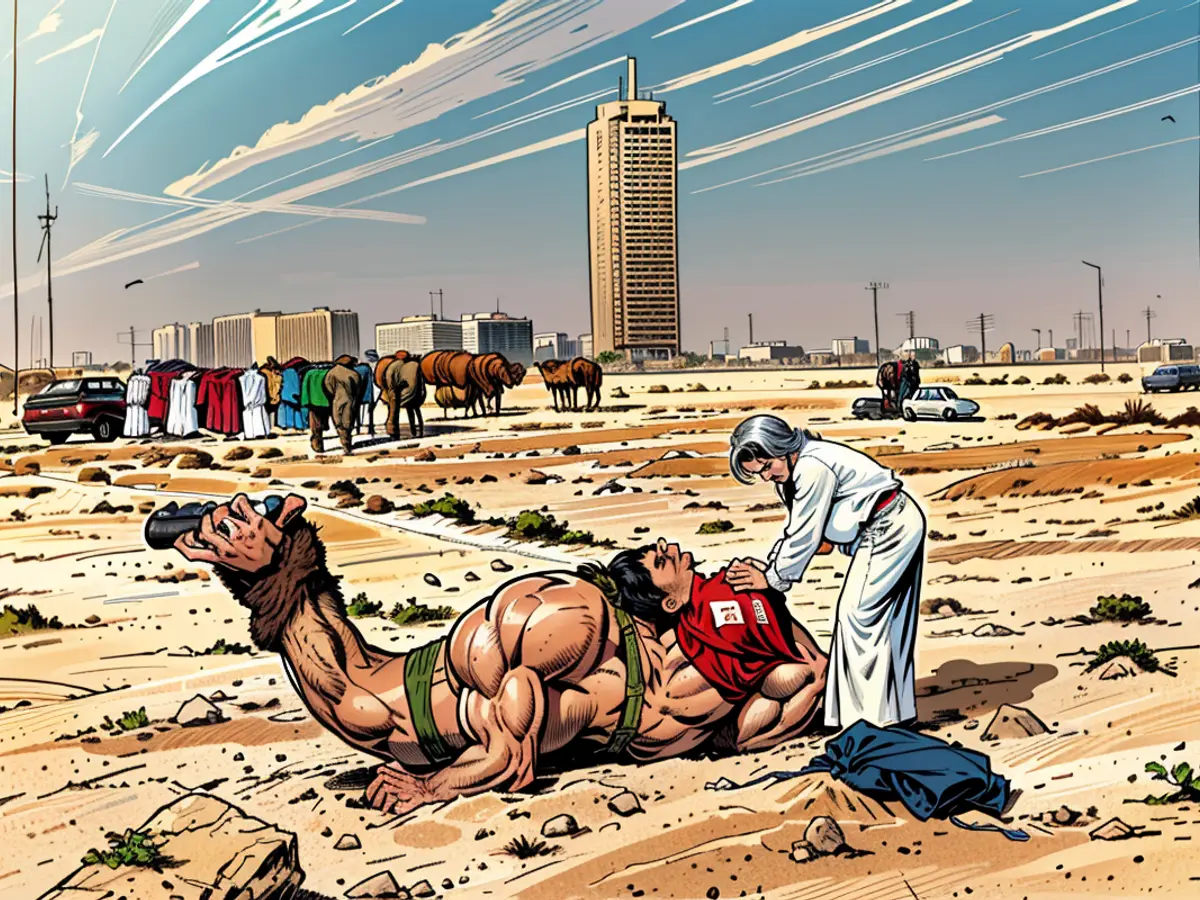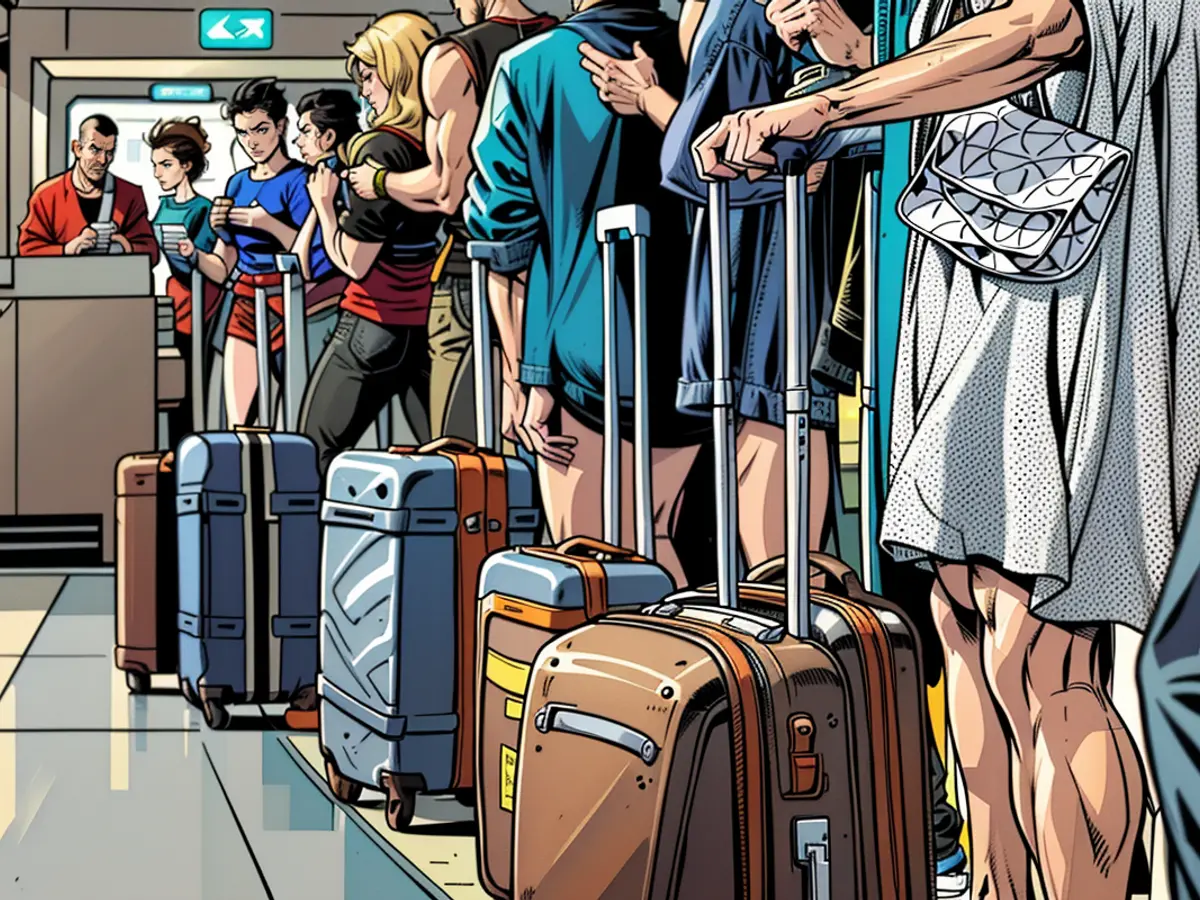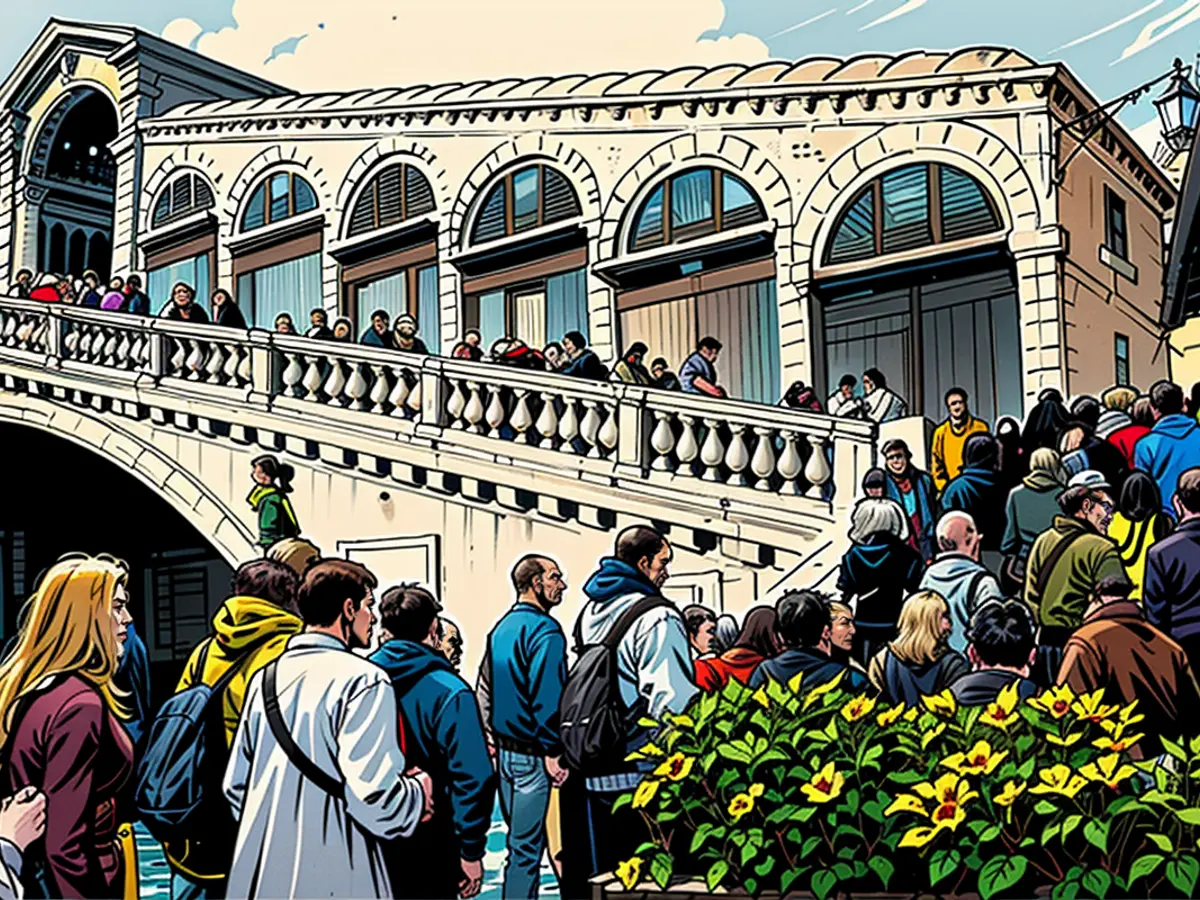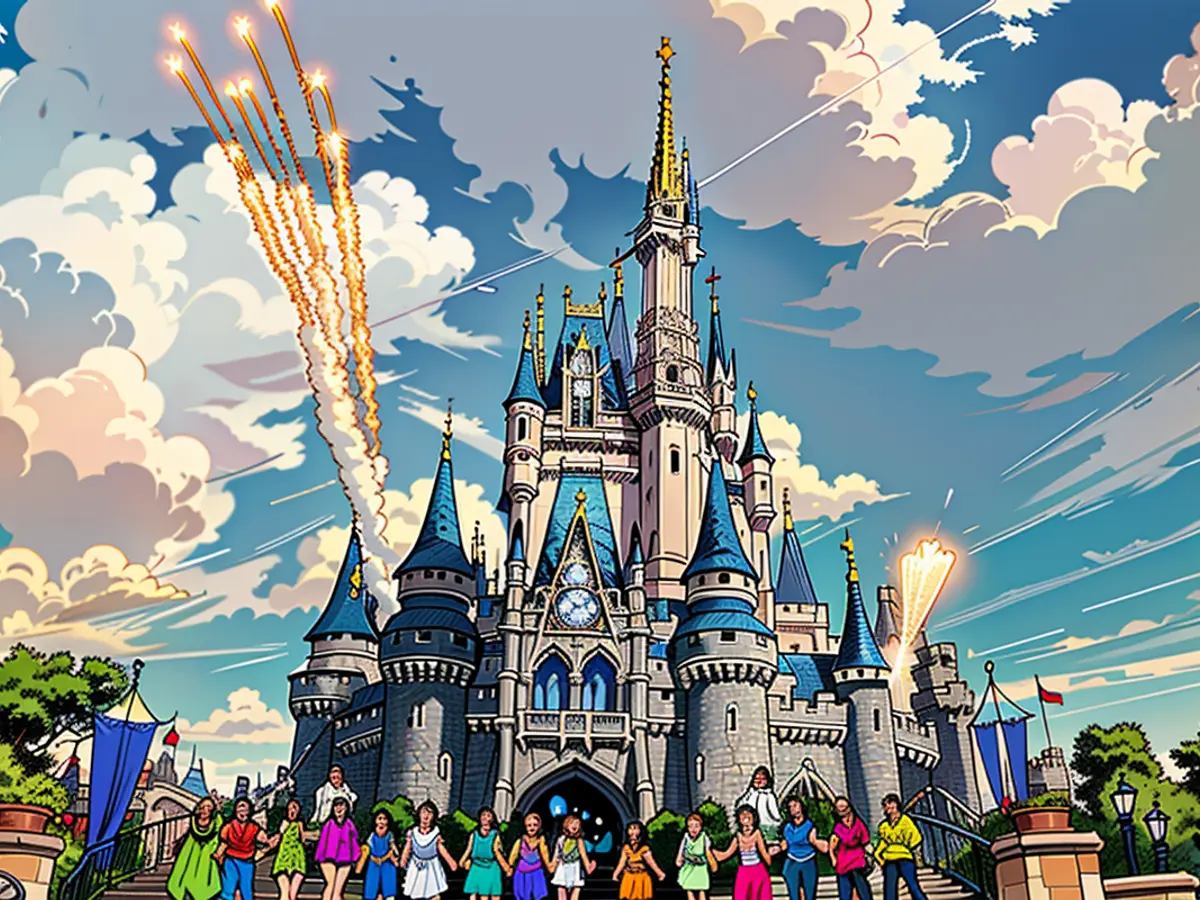How an Indian migrant became the UAE’s ‘royal photographer’ and captured the birth of modern Dubai
Ramesh Shukla pulls out a Rolleicord camera, a birthday gift from his father 70 years ago. It’s the same camera he left India with in 1965; the same one that has snapped photos of sheikhs and political leaders; the same one that captured the formation of a nation.
Now 85, Shukla has told and retold his life story so many times that the details are hard to pin down, mythologized into a series of essential moments that tell the tale of a plucky adventurer setting sail in search of fortune and opportunity.
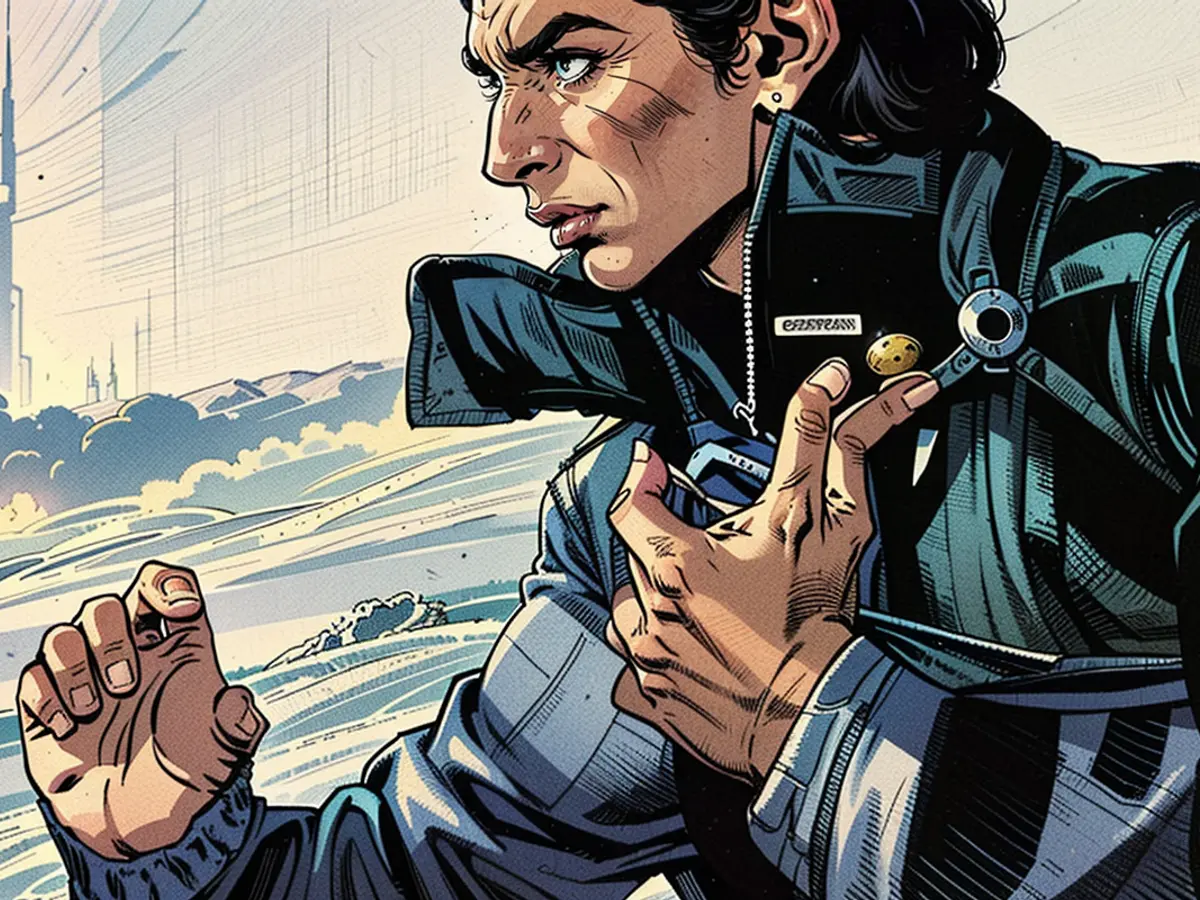
As he tells it, the then-26-year-old photographer boarded a ship from Bombay (now Mumbai), to the Trucial States — now the United Arab Emirates (UAE), but at that time, a collection of independent Sheikhdoms along the eastern coast of the Arabian Peninsula. He arrived at the port in Sharjah with just a dollar in his pocket and a few rolls of film, and hitched a ride on a donkey cart, then a motorbike, to Dubai: not the glittering metropolis it is today, but a dusty fishing village with no roads, surrounded by huge, open expanses of desert.
“In my house there was no water, no electricity. It was very difficult,” says Shukla. It didn’t stop him from getting out and documenting the fisherfolk, pearl divers and camel drivers living in the small coastal settlement.
But change was on the horizon. The Trucial States, while not a colony, were part of a “British protectorate” that was soon to end, and oil had only been discovered in the Arabian Gulf a few years earlier, with the first exports beginning to create wealth for the small Emirati population. And at that time, there were very few people in the region with the skill, technical knowledge and equipment to produce the quality of photography that Shukla could.
His big break came when he attended a camel race in Sharjah in 1968. The sheikhs from the various emirates were in attendance that day, and Shukla snapped a photo of the group sitting along the side of the track.


Among them was Sheikh Zayed Bin Sultan Al Nahyan, the late emir of Abu Dhabi, who is often referred to as the “founding father” of the UAE. The next day, he returned to the racetrack and presented the photo to Sheikh Zayed, asking for his blessing — and it changed everything.
“When he saw the picture, Sheikh Zayed tells me, ‘You are Fannan’ (meaning “artist” in Arabic),” says Shukla.
Capturing history
After the camel race, Shukla found himself invited to official events as a photographer, accessing places and people he could only have dreamed of a few years earlier.
He developed a friendship with the royals, and Sheikh Rashid bin Saeed Al Maktoum, ruler of Dubai until his death in 1990, encouraged him to stay in the Emirates — so in 1970, his wife and son joined him in Dubai.
“Where I grew up, we had one room which was our living room, our kitchen and the dark room,” explains Neel Shukla, Ramesh’s son. “We had thalis, for the Indian way of eating food — it’s a steel plate and you put your different vegetables and dal and roti on it. That same thali was used for eating and developing film.”

Neel recalls that resources were scarce — especially water, which was delivered by donkeys from wells in the desert. The water used to develop photos had to be precisely measured out, and Shukla’s wife, Tara, played a vital role in her husband’s work: while he was photographing events, she recorded technical notes that would impact how the pictures were developed later, such as the lighting, exposure and shutter speed.
“Without my family, my wife and son, I couldn’t do anything,” Ramesh Shukla says.
On December 2, 1971, Shukla was called to join a moment of huge historic significance for the region: the signing of the unification agreement that saw six of the emirates — Abu Dhabi, Dubai, Sharjah, Umm Al-Qaywayn, and Ajman — come together as the United Arab Emirates. (Ras Al-Khaimah joined as the seventh emirate just two months later.)
Shukla’s photo of Sheikh Zayed signing the unification declaration is instantly recognizable for those in the country — even 50 years on, thanks to its use on the new 50 dirham note, printed in 2021 to celebrate the nation’s 50th anniversary.


A ‘world-famous’ camera
Shukla continued to document Dubai and the Emirates through the 1970s, ‘80s and ‘90s, although he still has “hundreds” of undeveloped rolls of film from this period. He’s still developing them, releasing unseen images of the sheikhs in exhibitions every few years.
In a bid to continue his legacy, Shukla — with the help of his son, Neel — has set up a darkroom lab to teach the next generation of Emirati photographers the technical skills of analog photography.
The year-long “masterclass” course, which will start in September this year for 10 students, is free through Dubai Culture, a government organization. Shukla hopes it will give young photographers a chance to gain skills that are being lost since the advent of digital photography.
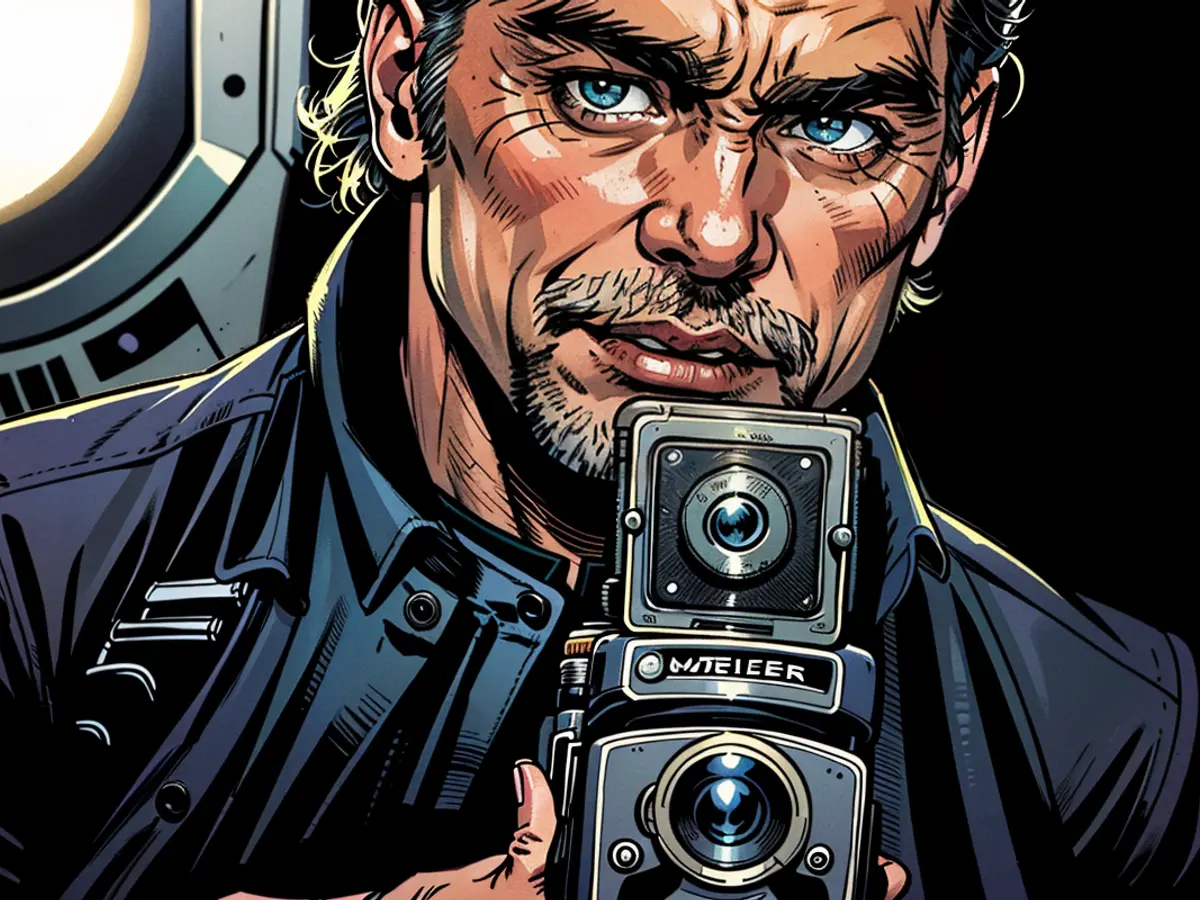
“They’ll graduate under my father’s mentorship, and they will have that standing from (being taught by) the Founding Fathers’ photographer,” says Neel Shukla.
Over the years, Shukla’s photography has been compiled into books and showcased in exhibitions as a vital witness to the formation of the country. While it’s his name across the books and posters, he insists it was the Rolleicord that did all the work.
“I told my father, ‘Papa, I will make this camera one day world-famous,’” he says. “This is my dream.”
With millions of copies of his books distributed in the past few years alone, it’s safe to say he achieved it.
Ramesh Shukla continues to use his Rolleicord camera to capture unseen images of sheikhs in exhibitions, showcasing his role as a vital witness to the formation of the United Arab Emirates.
The Rolleicord camera, a birthday gift from Shukla's father 70 years ago, has become famous worldwide due to the numerous books and exhibitions showcasing his photographs of the Emirates.
Read also:
- Fear of escalation in the Middle East: US Secretary of State Blinken travels to the region again
- Government circles: US Secretary of State Blinken to travel to Middle East again
- Bridging days 2024: How you can double your vacation this year
- Germany has wanderlust: how tour operators and airlines are looking ahead to the next travel year
